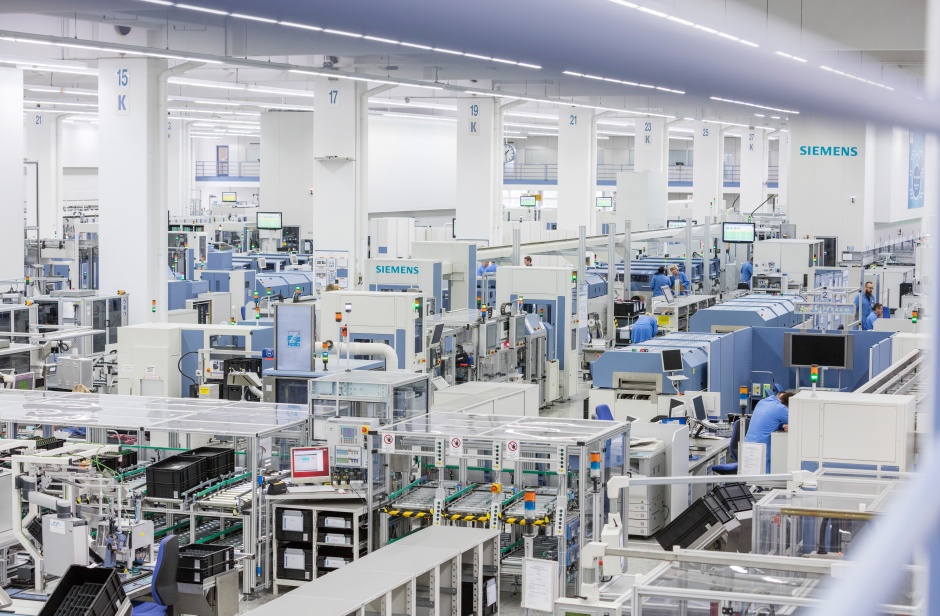It sees previously separate packets of information transformed into an overarching value proposition which can help optimise productivity. Further, it is creating a cycle of continuous improvement which will drive more efficiencies across every aspect of your business.
But there are risks with this move from data as a standalone metric to data as a powerful, commercial enabler.
Many people are rushing to get kit talking to each other via industrial IoT tools while forgetting the basic rules of engineering. From business continuity to health and safety, ensuring that the demand for more joined-up data does not compromise the quality of your production methods is crucial.
Get it wrong and you could see machinery breaking down, power outages, or even a catastrophic event leading to loss of life.
And while there is currently a ‘goldrush’ for more IIoT solutions, many manufacturers remain conservative and sceptical. For them the fear-factor of disruption and security risks is creating a barrier to adoption.

When talking to either a ‘big data’ evangelist or a risk-averse naysayer, I often find they both share a lack of understanding about the nature, value and significance of the data they produce. Some simply don’t know what data they are generating, whether it is secure and whether it needs to be secure.
Questions such as is the data subject to compliance, is it a business continuity risk or is it actually a piece of proprietary IP, are not always considered. And when I ask how robust the data security is within their supply chain, the answer is very often ‘I don’t know’.
Businesses also need to appreciate that once you start optimising a specific data stream through analytics, its status immediately changes. For example, if you have data which sat at levels two or three (as defined by IoT World Forum data model) prior to being shared or integrated, it might need to be rapidly re-classified as level four or five.
Similarly, data which was previously considered important, but not absolutely vital, might now require the highest security rating as it could become integral to your entire operation as part of a wider analytics piece.
A great example of this is Siemens work with Heathrow Airport. As part of a wide-ranging data analytics project we installed performance monitors on the 3,000 baggage carts which run around tunnels under the terminals.
Data gathered from these helped Heathrow to predict when a wheel was likely to fail, at which point the cart was automatically diverted into a repair area.
However, while this is great example of predictive maintenance being driven by data analytics, Heathrow is also a piece of the UK’s critical infrastructure.
Any data breach - even about wheels on a luggage carts - could have very serious consequences commercially, reputationally, operationally, and in terms of basic security.
So, what gave Heathrow the confidence to open itself up to a big data solution when faced with such risks? Mindsphere, Siemens’ cloud-based IIoT operating system was the answer.
Get it wrong and you could see machinery breaking down
It enabled Heathrow to not only connect and analyse multiple physical, web and enterprise-based systems all in one place, they could all run different protocols simultaneously.
Further, while Mindsphere offers great flexibility and accessibility, the system’s architecture is underpinned 256-bit encryption - the same level as used by governments and the military.
Highly secure yet shareable data which maximises the benefits of digitalisation is therefore the key to the big data proposition, but to make it happen needs everyone to get behind it.
Siemens has taken a lead on in this issue, announcing the creation of the world’s first joint cybersecurity protocol for manufacturing last year.
Our Charter of Trust already has 16 international signatories including Airbus, Atos, Cisco, Daimler, Dell Technologies, Deutsche Telekom, IBM and Mitsubishi Heavy Industries.
In February Siemens also announced another series of cybersecurity standards, this time for its suppliers, which is now a binding clause in all new contracts.
Both the development of Mindsphere and these ground-breaking industry cybersecurity initiatives have been driven by Siemens own experiences as a manufacturer. We have had to innovate on our own factory floors to find solutions to the big data vs cyber risk issue.
How we ourselves now do business has been transformed by the power of analytics. It’s also fantastic that we’re now taking others on the journey with us.
Paul Hingley will be discussing the issue of cybersecurity at Siemens’ Digital Talks conference in Liverpool on June 11th. For more details, or to register for a free ticket, visit www.siemens.co.uk/digital-talks-2019










UK Enters ‘Golden Age of Nuclear’
The delay (nearly 8 years) in getting approval for the Rolls-Royce SMR is most worrying. Signifies a torpid and expensive system that is quite onerous...